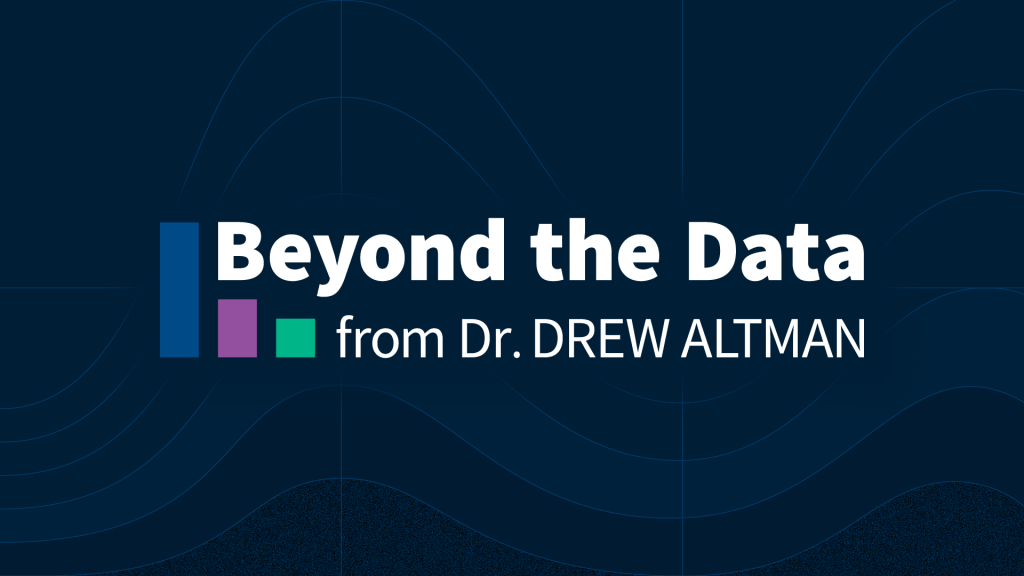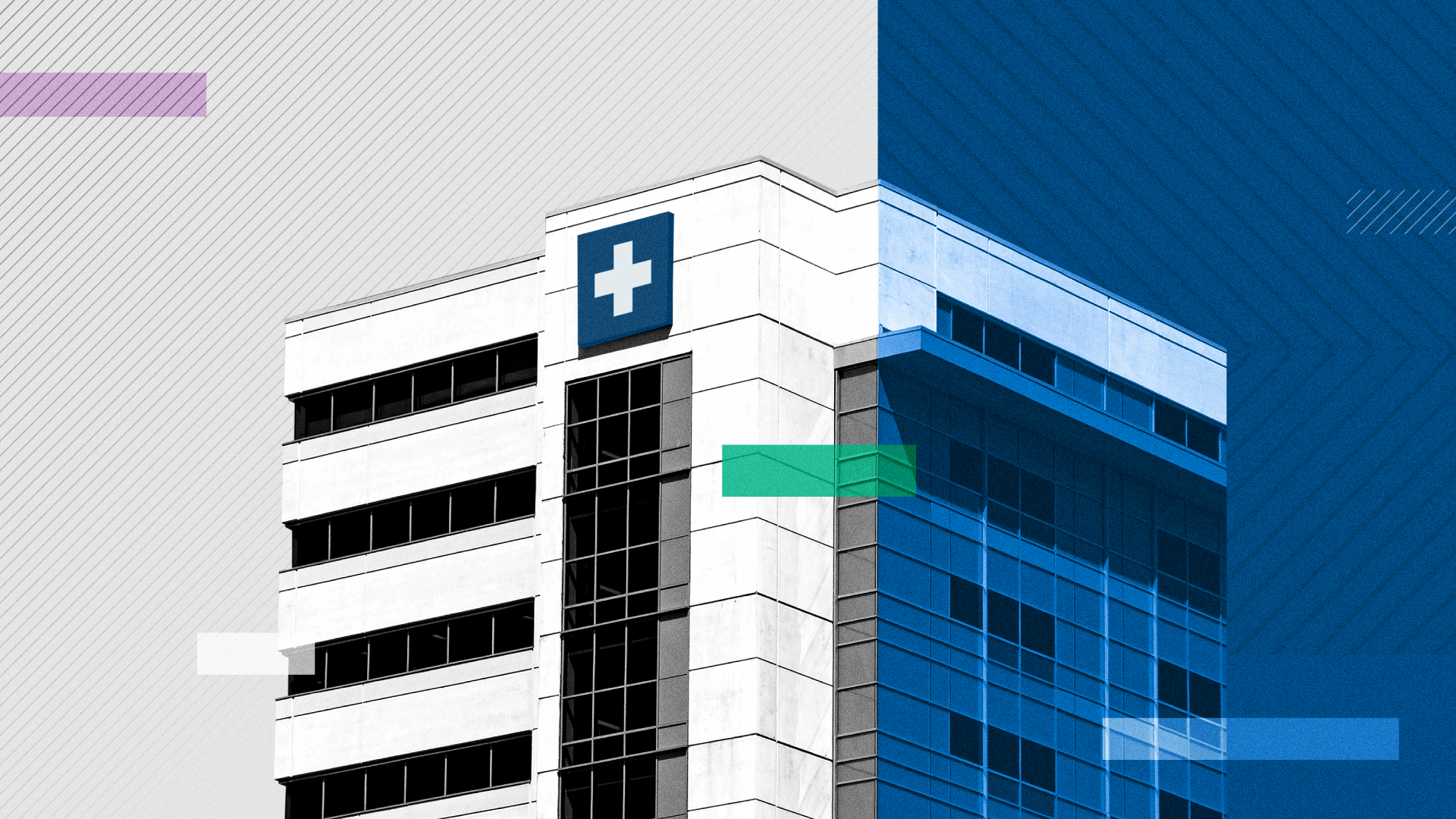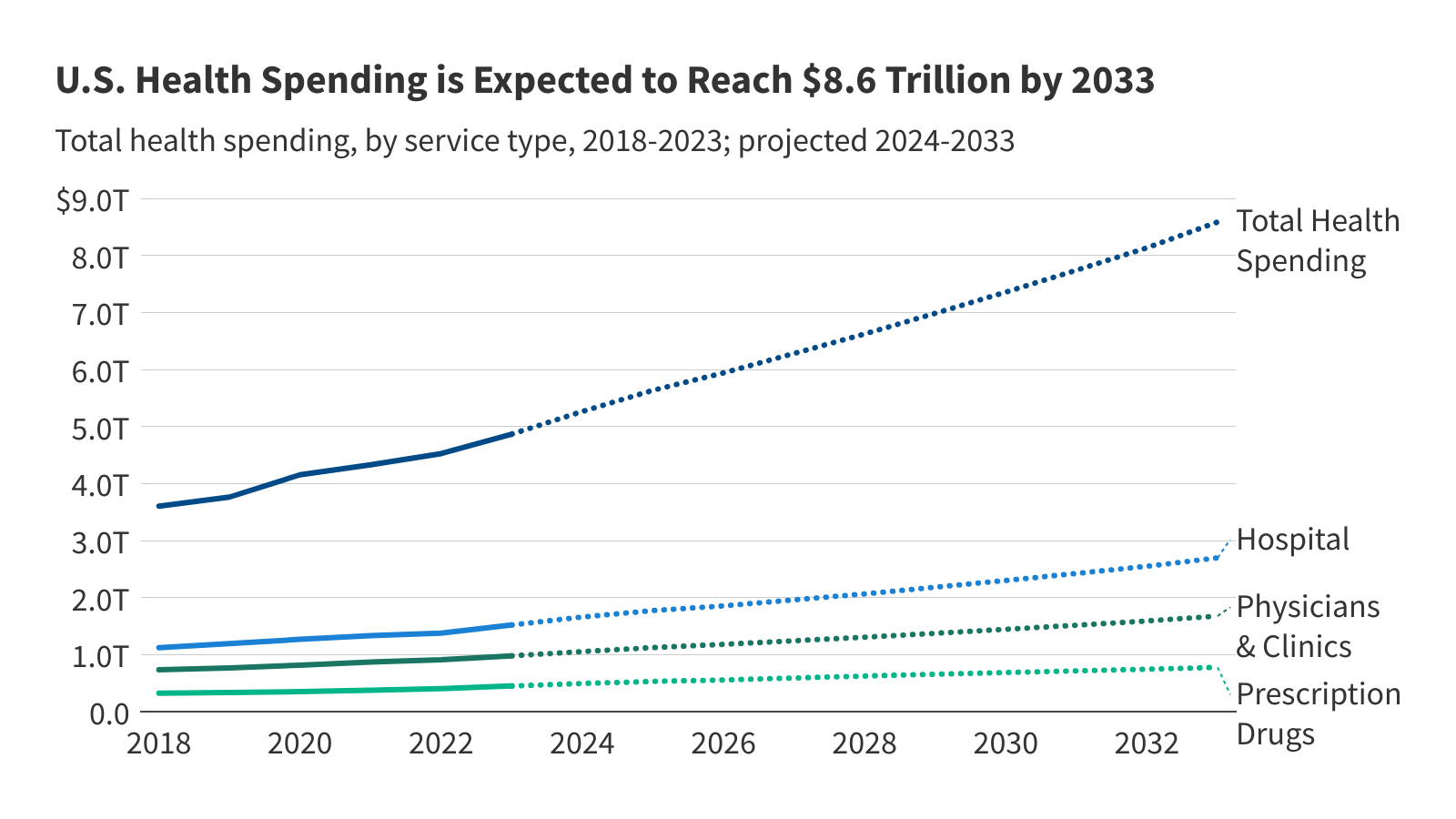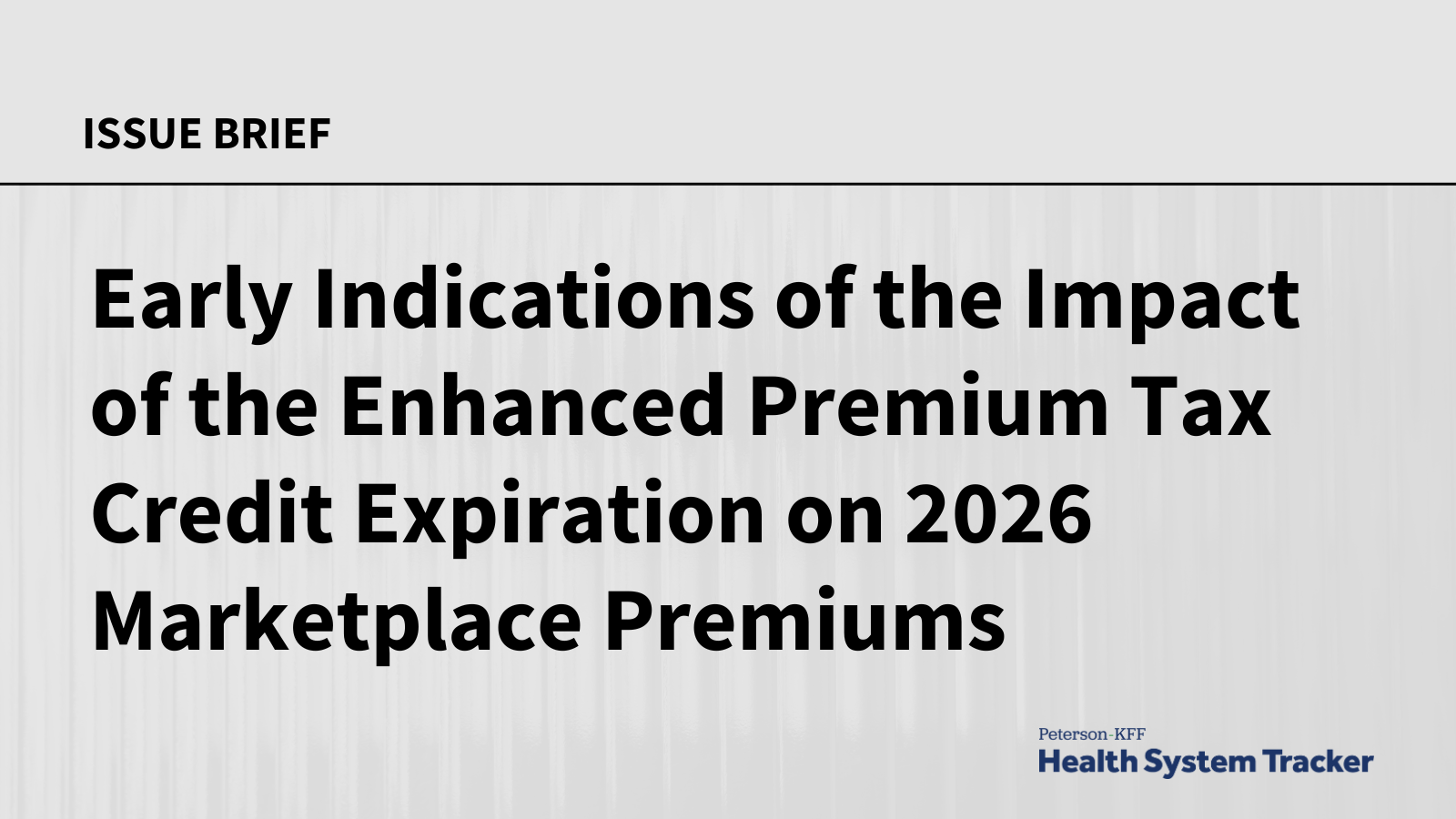Prospects for Retiree Health Benefits as Medicare Drug Coverage Begins
Findings from the Kaiser/Hewitt 2005 Survey on Retiree Health Benefits The 2005 Kaiser/Hewitt survey of large businesses that provide retiree health benefits to their workers assesses their responses to the new Medicare drug benefit in 2006, their plans for the future, and the way these changes affect retirees.













